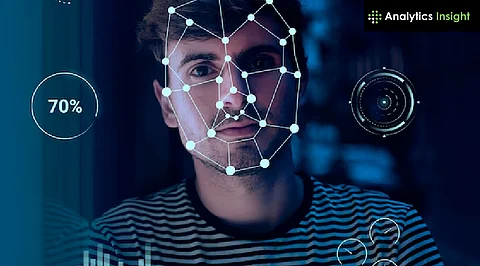

Society enters a 'trust recession' where people hoard belief the same way economic downturns trigger money hoarding.
Detection will always lag behind generation because creating deception requires significantly less energy than proving authenticity.
Future generations will inherit a world where 'hearing is believing' sounds as outdated as flat-earth theories.
Society is living through the death of truth itself. Not the grand, philosophical kind that academics debate, but the simple, everyday truth of hearing someone's voice and knowing it's really them.
Deepfakes have achieved something no technology has ever accomplished before. They have rendered humanity's most basic instinct - recognizing voices - completely obsolete. This represents more than a security crisis. This marks the end of voice as proof of identity.
For millennia, humans could trust their auditory perception. Mothers recognized children's voices. Spouses identified their partners' laughter. Bankers detected nervous fraudsters through trembling words.
That evolutionary advantage just perished. Pindrop's analysis of 130 million calls revealed synthetic voice attacks surged 173% between Q1 and Q4 2024. The real revelation lies beyond statistics, when Pindrop's board member played his AI-generated voice to his wife, she failed to identify the deception.
This phenomenon goes beyond technological advancement. Machines have not merely replicated human voices; they have surpassed human detection capabilities. Evolution spent millions of years perfecting voice recognition, and Artificial Intelligence eliminated this advantage within five years.
Large national banks now face over five deepfake attacks daily, compared to fewer than two in early 2024. Regional banks experienced a similar escalation from less than one daily attack to more than three. These numbers represent the collapse of humanity's ancient auditory defense system.
The detection arms race conceals a deeper reality. This battle goes beyond technology competing against technology. Machines are learning to exploit human psychology itself.
Every successful deepfake attack targets something beyond hearing: trust, urgency, and emotional manipulation. Platforms like ElevenLabs, with over 300 voices and Murf AI offering 120 ultra-realistic voices across 20+ languages, now enable anyone to create convincing synthetic speech. Meanwhile, Speechify features celebrity voices, including Snoop Dogg and Gwyneth Paltrow, for mainstream applications.
Current Artificial Intelligence detection systems like Pindrop Pulse (achieving 99% accuracy in two seconds) and Resemble AI's Detect (distinguishing real from fake audio with 98% accuracy) identify technical imperfections.
Companies like Sensity AI use advanced deep learning technology, while Intel's FakeCatcher provides real-time detection. After training on specific samples like Nvidia's Fugatto (designed for entertainment voice modification), accuracy jumps to 99%.
However, these systems miss the psychological manipulation layer entirely. Machines can detect audio artifacts imperceptible to human ears, examining 8,000 voice signals per second for microscopic inconsistencies.
Yet they cannot identify the emotional exploitation that convinces grandparents to transfer money to synthetic grandchildren.
Modern society enters what analysts might term a 'trust recession.' Economic recessions trigger money hoarding; trust recessions trigger belief hoarding.
Early symptoms already manifest. Individuals question family phone calls. Financial institutions require multiple verification steps for routine transactions. Spontaneous human connection erodes because every voice carries potential deception.
These deepfake challenges go beyond fraud prevention. Humanity rewires social behavior around the assumption that auditory input cannot be trusted. Future generations will inherit a world where 'hearing is believing' sounds as antiquated as flat-earth theories.
Despite solutions from Microsoft's Video Authenticator Tool and open-source projects like FaceForensics++, Pindrop projects deepfake fraud will grow an additional 162% by 2025. These projections suggest not temporary disruption but permanent societal reconfiguration around synthetic deception.
The cybersecurity industry avoids acknowledging a fundamental truth. Detection will perpetually lag behind generation because creation requires less energy than verification. Manufacturing deception proves easier than proving authenticity.
This represents the permanent state of digital existence rather than a transitional phase. Society faces not a war to win but a condition to manage. The deepfake future demands accepting that perfect deception exists and constructing human systems capable of functioning despite this reality.
The solution goes beyond improved detection technology. Success requires abandoning attempts to restore previous certainties and creating new frameworks for trust. Humanity must learn different trust mechanisms rather than simply trusting less.
Artificial Intelligence has fundamentally altered the rules of human verification. Adaptation, not resistance, offers the only viable path forward!
Also Read: Deepfake Defense Shifts Focus to Real-Time Trust in AI Era
